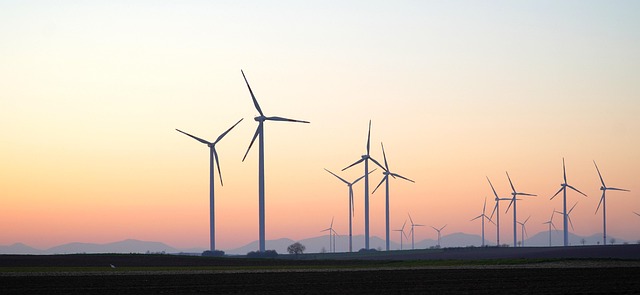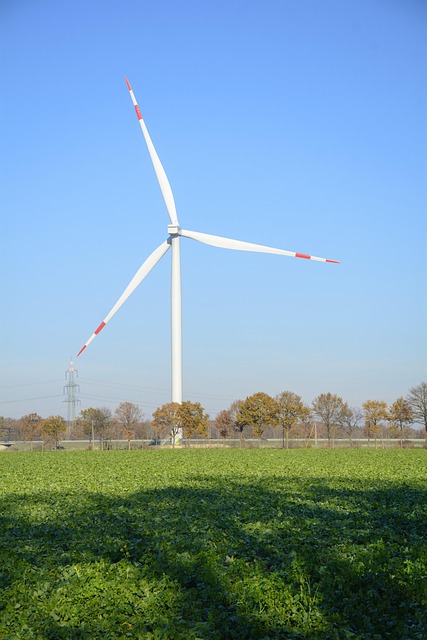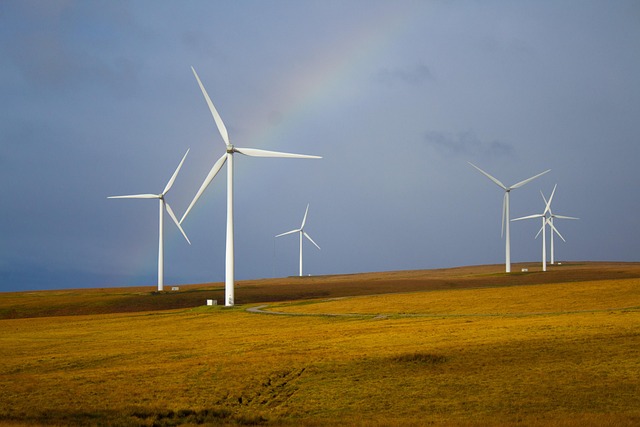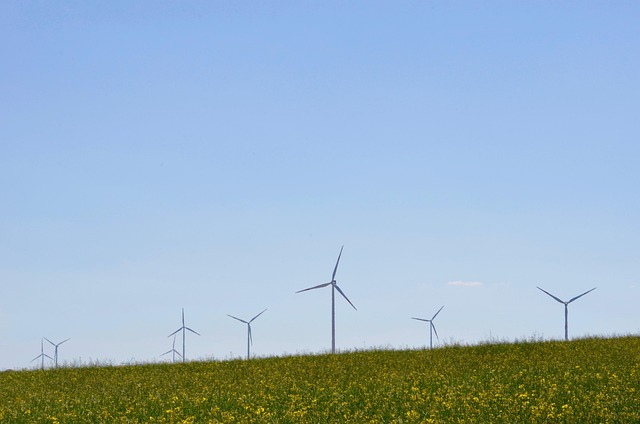From Breezes to Bulbs: The Journey of Wind Power Energy
Wind power energy is one of the fastest-growing renewable energy sources in the world, harnessing the natural force of wind to generate electricity. The journey from gentle breezes to lit bulbs encompasses a fascinating evolution of technology, environmental understanding, and market dynamics. In this exploration of wind energy, we delve into its historical beginnings, the mechanics behind it, the modern advancements in technology, and its significant role in shaping a sustainable future.
The Historical Roots of Wind Energy
The utilization of wind energy dates back to ancient civilizations, where wind-powered mechanisms were primarily used for navigation and agriculture. The earliest recorded use of wind power can be traced to the first century A.D., when Persian engineers developed windmills to grind grain and draw water. These early machines featured large sails that caught the wind and converted its kinetic energy into mechanical work. As societies evolved, so too did the applications of wind energy.
By the Middle Ages, windmills had made their way to Europe, particularly in the Netherlands and parts of England. Here, they were predominantly used for milling grain and draining marshlands. The iconic Dutch windmills, with their large rotating blades, symbolize the ingenuity of harnessing wind energy long before the advent of electricity.
Understanding the Mechanics of Wind Energy
At its core, wind energy is derived from the sun’s uneven heating of the Earth’s surface, which creates air currents. When the wind blows, it possesses kinetic energy that can be harnessed through various technologies. The transition from breezes to electricity involves several crucial components that work in harmony.
Wind Turbines: The Heart of the Technology
Wind turbines are the primary technology used to convert wind energy into electrical energy. A modern wind turbine consists of several key components:
- Blades: Typically three in number, these large, aerodynamic structures are designed to capture the wind. As the wind flows over and under the blades, it creates lift, causing the blades to rotate.
- Nacelle: Situated atop the tower, the nacelle houses the generator, gearbox, and other mechanical components. It serves as the control center of the turbine.
- Tower: This tall structure elevates the nacelle and blades, allowing them to access stronger, more consistent winds at higher altitudes.
- Generator: As the blades spin, they turn a rotor connected to a generator, converting the mechanical energy into electrical energy through electromagnetic induction.
- Control Systems: Sophisticated electronics monitor and control the turbine’s operation, ensuring optimal performance by adjusting the pitch of the blades and the orientation to face the wind.
The efficiency of wind turbines has been significantly enhanced over the years through technological innovations. New materials and engineering designs have allowed for larger and more efficient turbines that can operate at lower wind speeds, thereby increasing the viability of wind energy in various locations.
The Evolution and Growth of Wind Power Energy
The late 20th century marked a turning point in the history of wind energy. With rising concerns over fossil fuel dependency, climate change, and the security of energy supply, wind power began to gain serious recognition as a sustainable energy source. Governments around the world started to invest in wind energy research, infrastructure, and incentives to promote its adoption.
In the 1990s, the United States and Europe witnessed a significant surge in wind energy installation. The advent of larger multi-megawatt turbines and the establishment of wind farms, often located in remote areas with high wind potential, accelerated the growth of this sector. The first commercial wind projects were developed, leading to economies of scale that decreased the cost of installation and operation.
Wind Farms: A Community of Turbines
Wind farms are clusters of wind turbines grouped together in a specific location to generate a substantial amount of electricity. These farms can be found onshore and offshore, each presenting distinct advantages and challenges. Onshore wind farms are typically easier and less expensive to install. However, offshore wind farms, while more costly, have the benefit of accessing stronger winds and reducing visual and noise impacts on communities.
Modern wind farms integrate sophisticated technologies, such as advanced meteorological data analytics, to optimize turbine placement and performance. These farms are often connected to the grid, providing electricity to vast networks that supply power to homes and industries.
Environmental Impacts and Benefits
The transition to wind energy promises numerous environmental benefits. Wind power produces no greenhouse gases during operation, significantly reducing the carbon footprint compared to fossil fuels. Additionally, wind energy contributes to reduced air pollution, thereby improving public health and environmental quality.
However, the growth of wind energy is not without its environmental considerations. Some critics point out potential impacts on wildlife, particularly bird and bat populations, and the land use associated with construction. It is essential for developers and stakeholders to address these issues through careful site selection, innovative designs, and mitigation strategies.
The Future of Wind Power Energy
The future of wind power energy appears promising as the global community increasingly prioritizes sustainable solutions. The advancements in technology, such as floating turbines and improved energy storage systems, are expanding the horizons of what wind energy can achieve. These innovations aim to address one of the primary challenges of wind energy: its intermittent nature.
Furthermore, an increased focus on developing integrated energy systems—combining wind, solar, and other renewable sources—could enhance grid stability and reliability. Countries are gradually shifting toward a more decentralized energy model, where communities can generate their own power through localized renewable resources.
Economic Considerations and Job Creation
The wind energy sector is also becoming a significant economic driver, creating jobs in manufacturing, installation, operation, and maintenance of wind turbines. According to the Global Wind Energy Council, the wind industry employs over a million people worldwide, and this number is expected to grow as investment in renewable energy continues to rise.
Moreover, advancements in technology have led to a decrease in the cost of wind power, making it one of the most affordable sources of electricity today. This economic advantage will be crucial in driving further investment and adoption of wind energy systems across the globe.
Conclusion: A Breeze Towards Sustainability
The journey from breezes to bulbs is emblematic of the human spirit’s quest for clean, sustainable energy solutions. Wind power energy stands as a testament to our ability to leverage natural resources for the betterment of society. As technology evolves, and with it our understanding of environmental stewardship, wind power will undoubtedly play a vital role in the transition towards a greener, more sustainable future. By embracing wind energy, we move closer to energy independence, a healthier planet, and a brighter tomorrow for generations to come.



